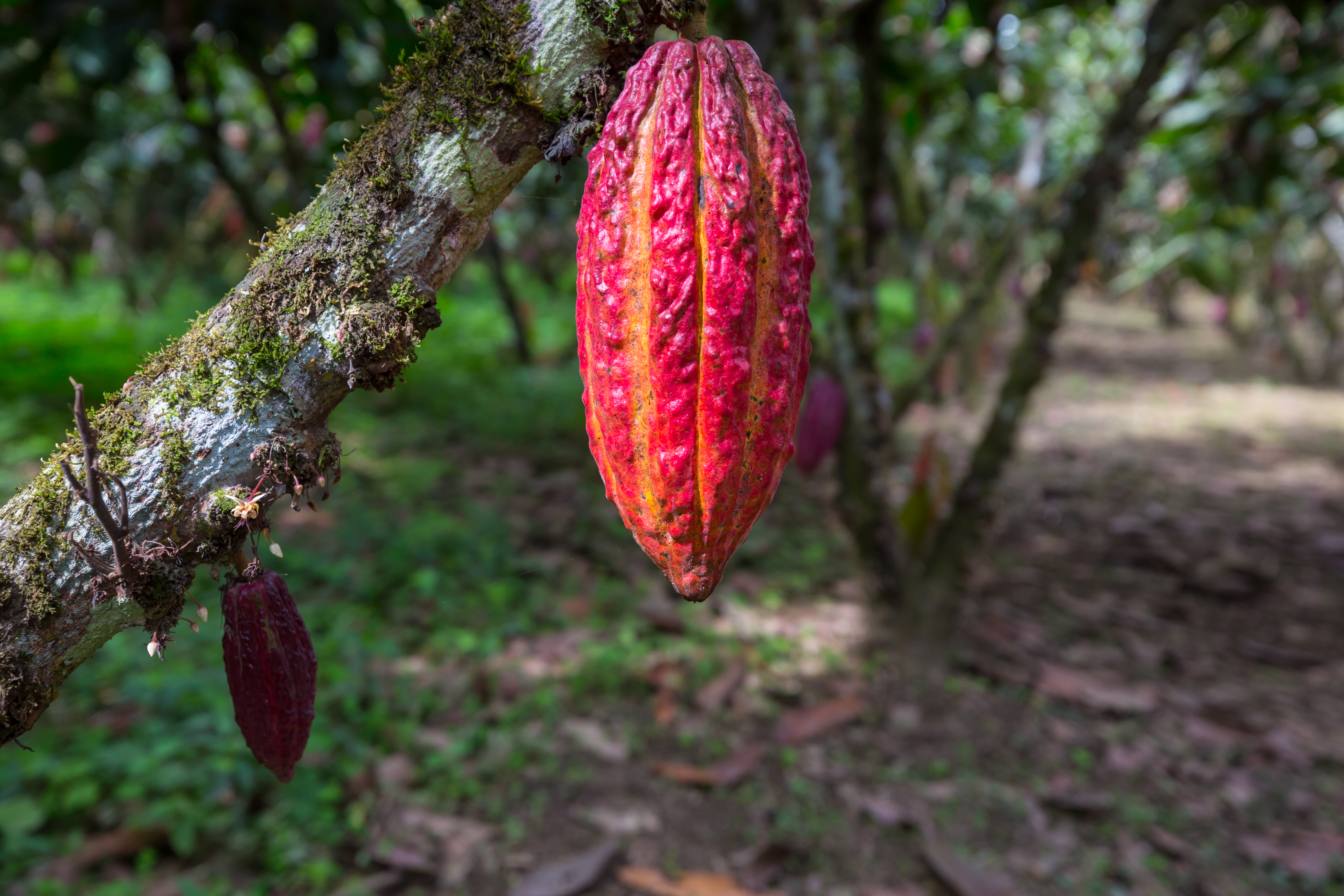10 Fun Chocolate Facts That Will Sweeten Your Day
Chocolate, a universally cherished indulgence, has captivated the hearts and taste buds of people across the globe for centuries. Its rich, velvety texture and complex flavors make it more than just a treat—it's an experience. But what is it about chocolate that makes it so irresistible? This article delves into the secrets behind chocolate's enduring appeal, exploring 10 delightful facets that promise to surprise and delight even the most discerning chocolate aficionados. The journey of chocolate begins with the cacao bean, a small yet mighty seed that holds the potential for greatness. The transformation from bean to bar is a meticulous process that involves roasting, grinding, and tempering, each step contributing to the final product's unique flavor profile. But beyond the technicalities, chocolate is steeped in history and cultural significance, having been revered by ancient civilizations and used as currency, medicine, and a symbol of luxury. Today, chocolate continues to evolve, with artisanal chocolatiers pushing the boundaries of creativity and innovation.
1. The Ancient Origins of Chocolate: From Sacred Rituals to Modern Delights

Chocolate's story begins thousands of years ago in the lush rainforests of Central and South America, where the cacao tree, Theobroma cacao, was first cultivated by ancient civilizations. The Olmecs, one of the earliest known Mesoamerican cultures, are believed to have been the first to domesticate cacao, using it in sacred rituals and as a ceremonial drink. This bitter concoction, often mixed with spices and herbs, was thought to possess mystical properties and was reserved for the elite and religious ceremonies. As the Mayans and Aztecs rose to prominence, cacao gained even greater significance. The Mayans revered chocolate as the "food of the gods," a sentiment echoed in the scientific name of the cacao tree, Theobroma. They consumed chocolate in the form of a frothy beverage, flavored with chili peppers, vanilla, and annatto, and believed it to be an aphrodisiac and a source of wisdom and power. The Aztecs, on the other hand, valued cacao so highly that they used it as currency, with cacao beans traded for goods and services. The Spanish conquest of the Aztec Empire in the early 16th century marked the beginning of chocolate's journey to Europe. Initially met with skepticism due to its bitter taste, chocolate was gradually sweetened with sugar and spices, transforming it into the beloved treat we know today. The introduction of chocolate to European society sparked a culinary revolution, with chocolate houses emerging as popular social hubs. As chocolate spread across the continent, it evolved into various forms, from solid bars to confections, becoming a symbol of luxury and indulgence.